In the past, I used a simple wireless system from another manufacturer. In my previous band, I would play guitar while walking around in the audience, standing on chairs, and improvising solos during Xtime.
Simple wireless systems are affordable and easy to carry, but they come with some drawbacks.
For example:
- Noticeable change in sound quality.
- Interference from other wireless devices causing dropouts.
- Non-replaceable batteries once they deteriorate.
However, I quit the band and I didn’t need to buy a new system, but recently, I started a new band and wanted a better wireless system. Luckily, Shure lent us their GLX-D16 for display and demo purposes!
Shure / GLX-D16+ Guitar Pedal Wireless System
I’ve seen it on Cory Wong’s pedalboard recently and was curious about it!
I eagerly borrowed it and tried it during my band’s rehearsal. Here are my impressions!
When discussing guitar wireless systems, some say, “It’s better to connect guitars with a shielded cable!” If you think so, go ahead. But once you use wireless, the convenience will make it hard to go back.
Sound Quality
The first thing I noticed was that I didn’t feel that I was using a wireless system. The sound quality was so natural that it felt like I was using a cable.
With other wireless systems, the sound quality often deteriorates when the guitar volume is reduced to around 6-7. However, with the GLX-D16, I could naturally make changes in the clean sound volume and the degree of distortion. My previous wireless system would produce a sharp sound at volume 10 and a muffled sound at lower volumes.
Since I often lower the volume and adjust the gain for backing, this was a pleasant surprise. I highly recommend it to guitarists with a similar playing style to mine.
Dropouts
It’s hard to judge with just one studio session. The 2.4 GHz band is crowded with now popular Bluetooth and Wi-Fi devices, affecting performance in different environments.
My previous wireless system often dropped out when the PA mixer was controlled wirelessly via tablet or when there were other bands using equipment in neighboring rooms.
I used the GLX-D16 for three hours without any dropouts or instability, even when connecting my smartphone to the studio’s Wi-Fi. I’m eager to test it in various locations.
Usability
It’s straightforward: turn on the receiver, turn on the transmitter, and...
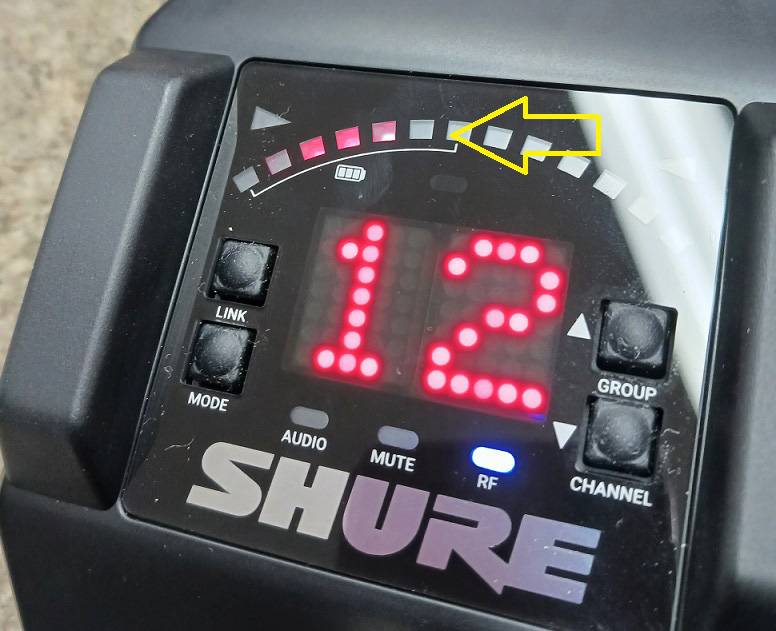
The LED gauge I marked with the yellow arrow in the picture indicates that the receiver is searching for the transmitter. Pairing was automatically done in a few seconds. It’s super easy. While you still need to set up each unit when using multiple units, the included Japanese manual is helpful!
More detailed manuals are available on Shure’s official product page from ‘User Guides & Documentation’.
The GLX-D16+ works with 9-15V center-negative or center-positive supplies. Since it operates at 9V, you can integrate it into your pedalboard. However, some power supplies, like the Strymon Ojai, may not be connected with both polarities. With a minimum current rating of 400 mA, it’s recommended to use the included adapter or a dedicated power source.
Note that the receiver won’t power on unless a plug is inserted into either the INPUT or OUTPUT jack.
Other
The transmitter is built tough and unlikely to break easily, even if dropped. The transmitter is more likely to be dropped, but it is very solid and reliable.
The supplied cable plug is by Neutrik, ensuring reliability.
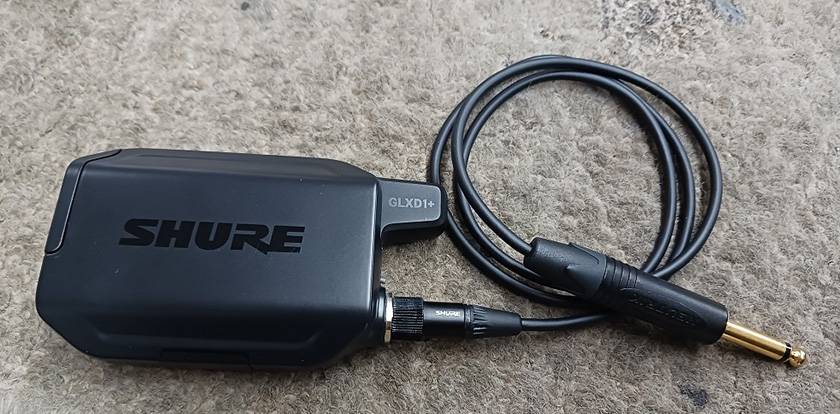
The included battery is also sold separately, allowing you to keep spares for backups or replacements if the battery degrades.
Shure / SB904 Lithium-Ion Battery
Additional Features
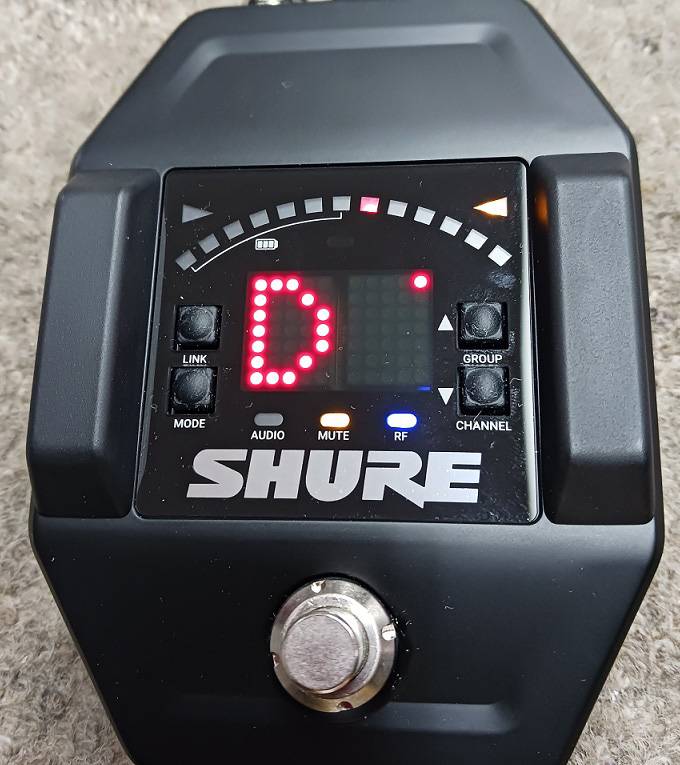
I thought the tuner was just an added bonus to the wireless system, but it allows for detailed settings: change the reference pitch from 432Hz to 447Hz, switch between needle or strobe display, mute or live output when tuning is on, and support for drop tuning. This might make your pedalboard tuner redundant.
Conclusion
The notion that 2.4G wireless sounds bad is outdated.
The latency is virtually nonexistent, making it clear why my favorite guitarist, Cory Wong, uses it in his pedalboard.
If I could make one request, I personally prefer Switchcraft cable plugs to Neutrik, so I’d love to see the Switchcraft version.
Once you go wireless, you won’t want to go back. I recall an Angus Young interview where he mentioned the consistent sound quality of wireless in large venues. That’s true but many might think they don’t perform in large venues and they don’t need wireless systems. So did I. However, once you use it in tight spaces like studios or small live bars, you’ll be surprised by its incredible convenience when moving around. You’ll undoubtedly find that not having cables dangling from your guitar in a small space is incredibly convenient!
Affordable yet decent-quality wireless systems are available from various manufacturers, so give them a try, and if you get hooked, consider purchasing the GLX-D16.
After trying the GLX-D16, I made up my mind:
“I need to start saving money...!!”





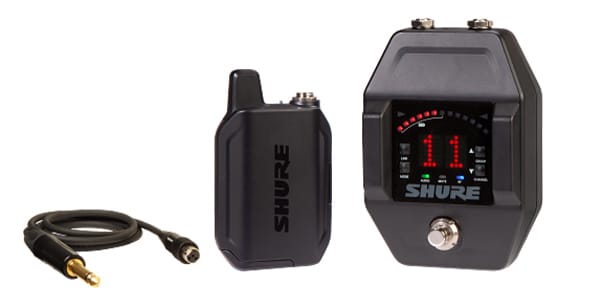
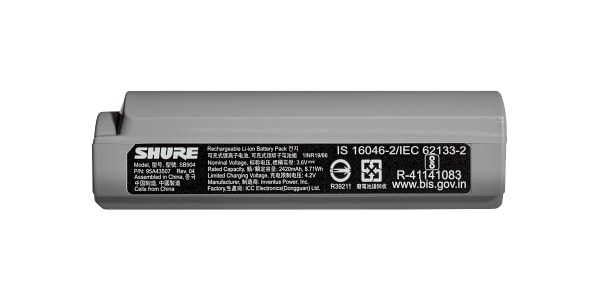



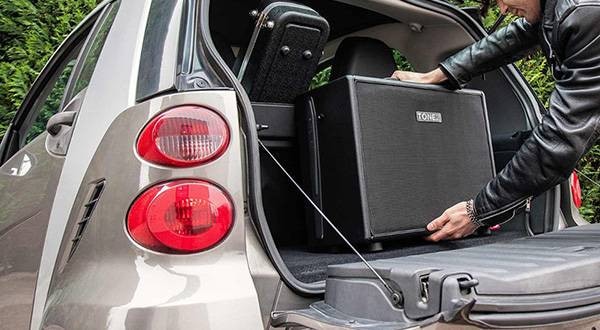
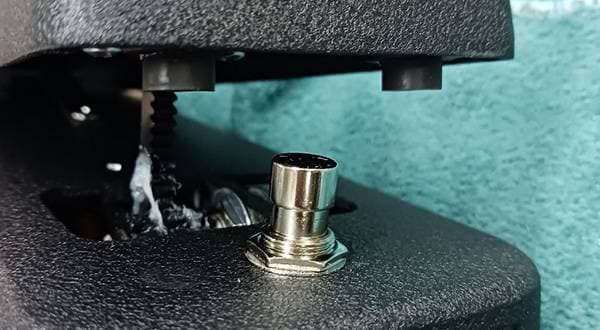
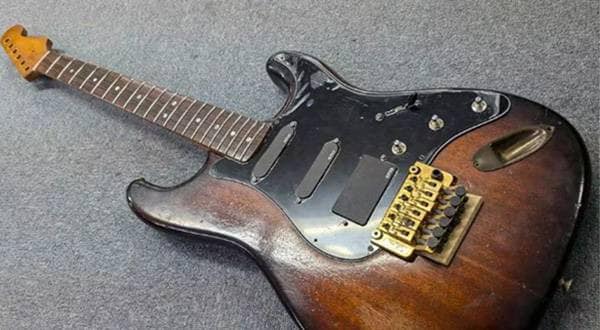
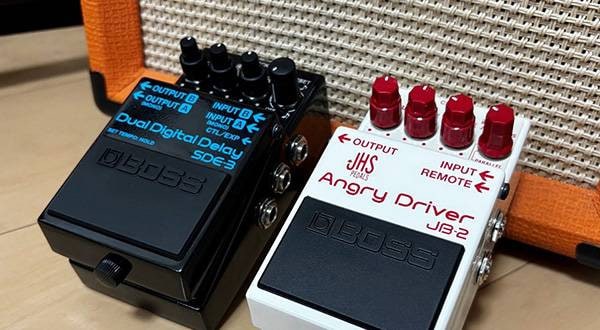
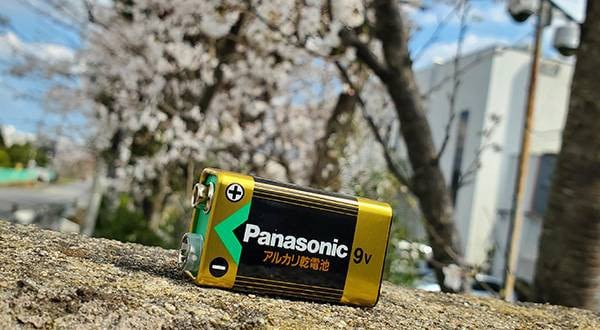
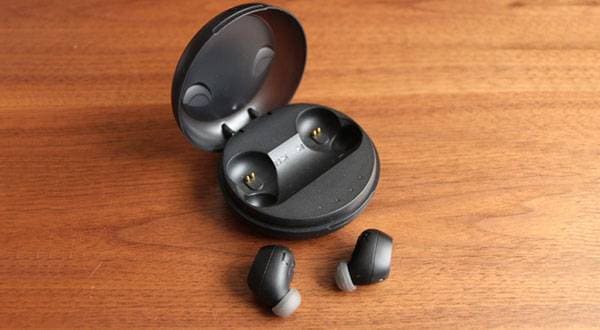
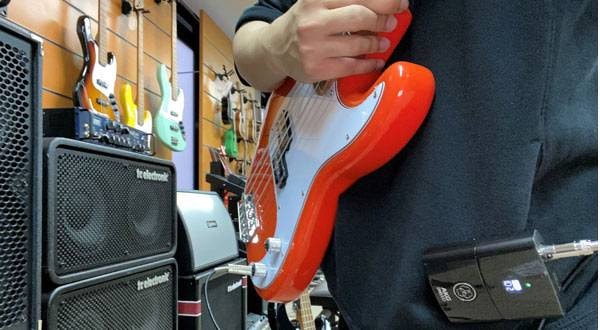
![[First Experience with Guitar Wireless] A Music Programmer Tries Xvive XV-U2!](/contents/uploads/thumbs/2/2022/2/20220202_2_16515_1.jpg)

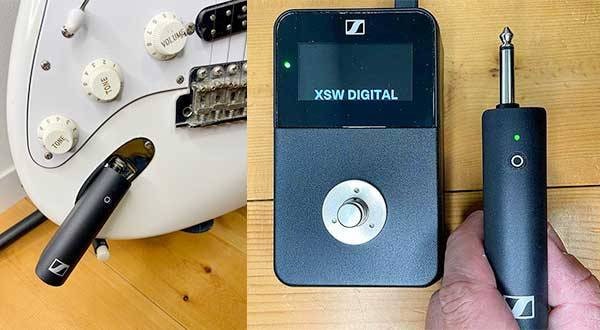

 B帯ワイヤレスの安定性を高める方法
B帯ワイヤレスの安定性を高める方法
 シーンに合わせたワイヤレス・システム
シーンに合わせたワイヤレス・システム
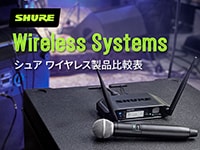 SHUREワイヤレス比較表
SHUREワイヤレス比較表
 SHURE特設ページ
SHURE特設ページ
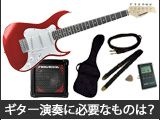 ギター演奏に必要なものは?
ギター演奏に必要なものは?
 ギタースタートガイド
ギタースタートガイド















